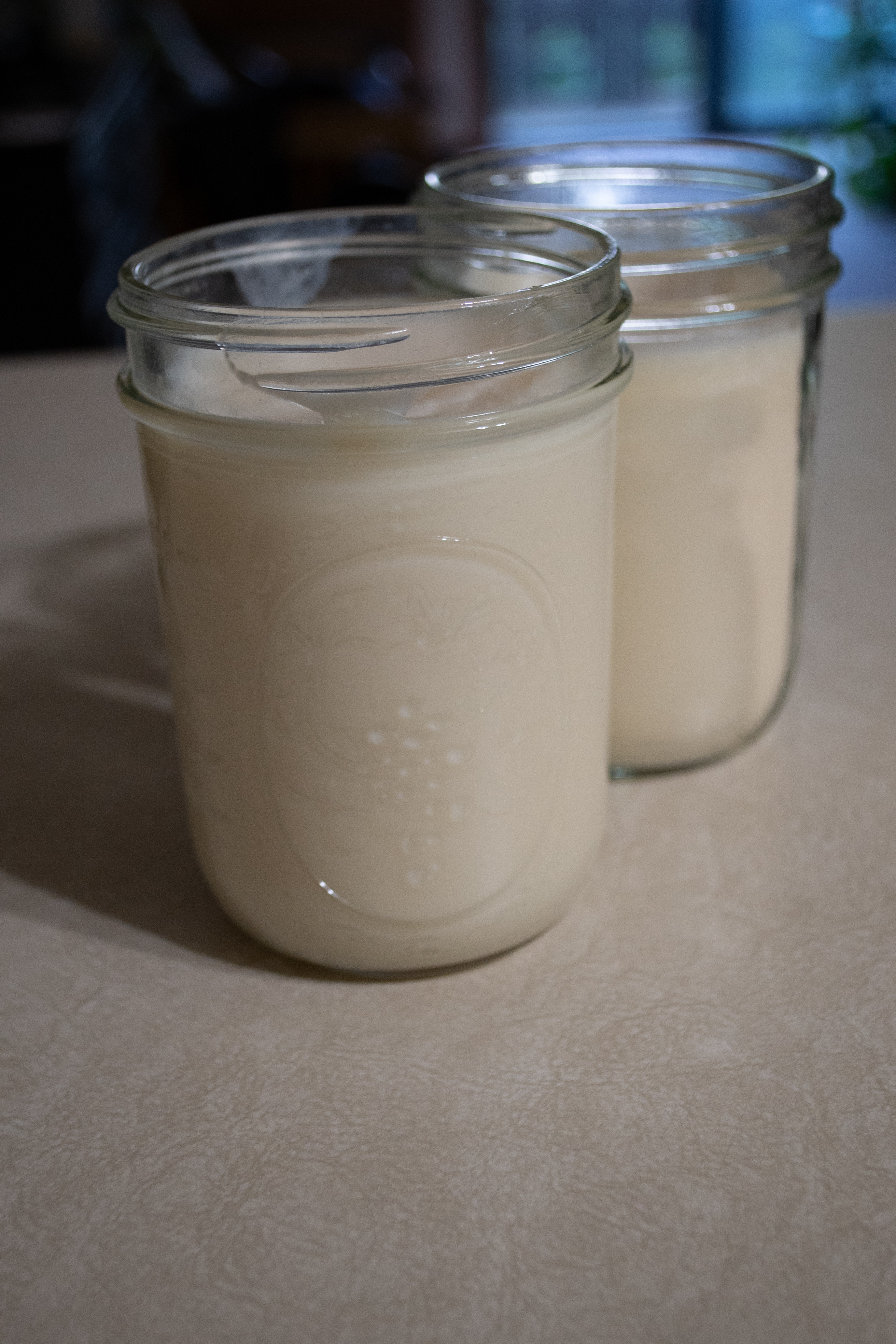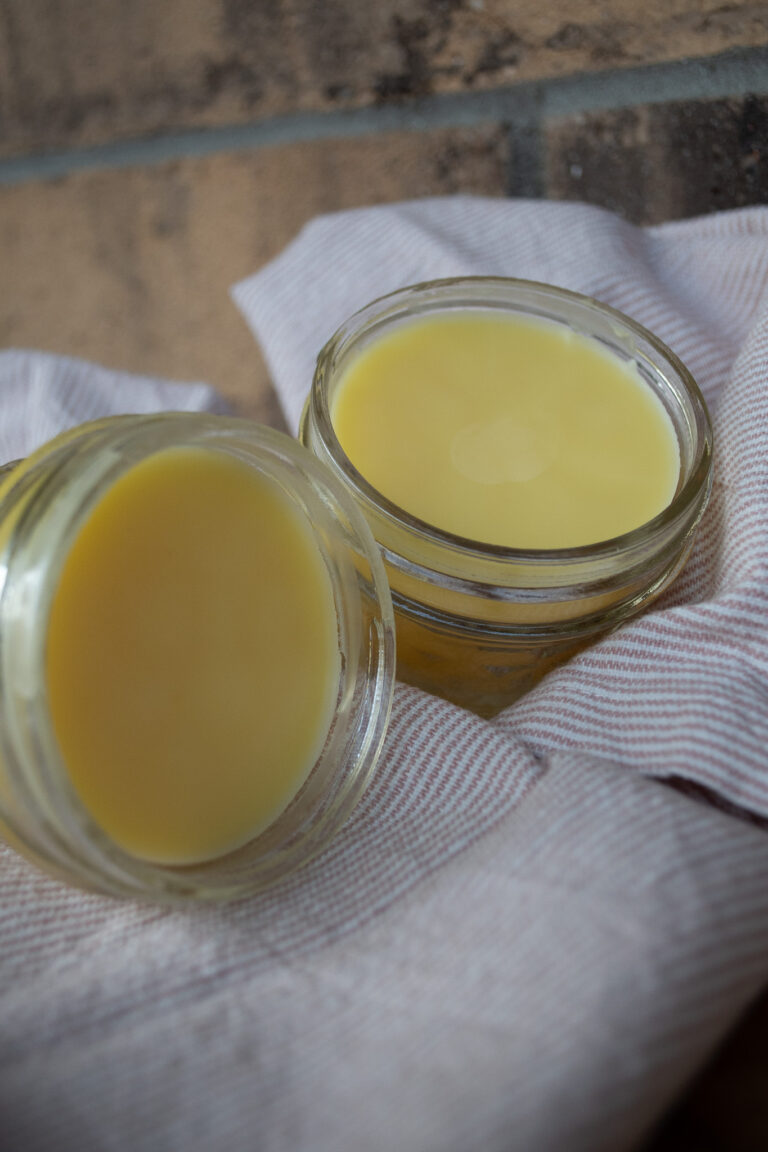How to Render Tallow in a Crockpot

Before we go over how to render tallow, you may be wondering what tallow is. Tallow is raw fat/suet that has been slowly cooked to remove any impurities and moisture. The rendered fat is then cooled until solidified. Although most commonly taken from beef, this fat can also come from deer, goats and sheep.
Until recent decades, tallow has been a staple in many homes that was used in multiple ways. The homes of our ancestors used tallow to cook, make candles, soap, and other skincare.
Utilizing the fat from an animal you have harvested is a great practice as it reduces any potential waste along with respecting that animal.
Uses of Tallow
Tallow is an amazing ingredient for cooking, baking, leather and cutting board conditioner, soap making and skincare. Learning how to render a clean, low odor tallow on your own can be a great skill to have to not only make your own products but to respect animals that you harvest by using every part of them as possible.
Looking for more DIY ideas? Try this Easy Homemade Vanilla Extract or this wood conditioner for all your wooden utensils.
Where to find suet to render
Although tallow is still not as common as it once was, it’s gaining popularity with many homesteaders, health enthusiasts, and conscious consumers. Because of this, it’s gaining some traction in stores and general availability. You may find tallow or suet at health food stores, co-ops and with local farmers. These places will likely have beef tallow available.
If you purchase bulk meat from a farmer, you can ask if they can include the suet fat with your next order. If you are a hunter or you know one, you can ask them to save the deer fat with their harvests.
A great an online resource to find a local farmer is The Weston A. Price Foundation. This website has a lot of great information.
Tools and Ingredients to Render Tallow
Raw suet – can be from deer, cow, goat or sheep.
A crock pot -make sure it’s big enough to hold all the suet you plan on rendering
A meat grinder (a food processor or knife & cutting board can be substitutes)
Storage containers (I use wide mouth glass canning jars)
Metal spoon or silicone spatula
A heat safe ladle
Metal sieve
Cheesecloth
Metal Funnel
How to Render Tallow
Remove any remaining bits of meat or unwanted pieces from your suet.
After trimming any unwanted pieces, grind, chop or process the fat into small pieces. If you are able to use a meat grinder, you can grind the fat directly into the crockpot.
TIP: it’s best to place mostly frozen suet into the grinder/food processor. If the suet gets too warm, the grinder or food processor will get gummy and not work well. If your suet gets too warm, place it in the freezer for a few hours before grinding again.
Place ground or chopped suet into the crockpot and select the lowest heat setting.
To avoid burning the fat, be sure to mix frequently throughout the rendering process.
Once most of the fat has rendered, it’s time to begin straining! At this step, the goal is to remove all of the leftover bits and pieces. But don’t throw out what’s left over!!! These bits (called cracklings) make an excellent snack, salad topping or animal treat. I like to layer cheesecloth over my sieve to ensure the cleanest tallow. However, just a sieve or just cheesecloth will work great. Using a metal funnel is great if you’re straining the tallow directly into a canning jar.

After all of the liquid fat has been strained, wait for it to cool overnight (or around 8-12 hours) before securing the lid. This will allow all residual heat and moisture to evaporate.
Once cooled, store with an airtight lid. If you render tallow in a large amounts, you may want to store extra jars in the fridge or freezer.

FAQ:
What is tallow and why should I use it?
Tallow is raw fat/suet that has been slowly cooked to remove any impurities and moisture. The rendered fat is then cooled until solidified. Although most commonly taken from beef, this fat can also come from deer, goats and sheep.
Until recent decades, tallow has been a staple in many homes that was used in multiple ways. The homes of our ancestors used tallow to cook, make candles, soap, and other skincare.
Utilizing the fat from an animal you have harvested is a great practice as it reduces any potential waste along with respecting that animal.
What can I do with tallow?
There are many ways to use tallow. A few of the ways many people use tallow is in cooking, baking, soap making & as a body lotion. It can also be used in making healing salves or as a conditioner for wood and leather products.
Where to buy or get suet?
Although tallow is still not as common as it once was, it’s gaining popularity with many homesteaders, health enthusiasts, and conscious consumers. Because of this, it’s gaining some traction in stores and general availability. You may find tallow or suet at health food stores, co-ops and with local farmers. These places will likely have beef tallow available.
If you purchase bulk meat from a farmer, you can ask if they can include the suet fat with your next order. If you are a hunter or you know one, you can ask them to save the deer fat with their harvests.
when you find a local farmer and they’re not selling it, ask them if they would consider selling. They might surprise you!
Troubleshooting Tallow
My tallow turned out smelly. Can the smell be removed?
Kind of. It is possible to remove some of the lingering smell. However, depending on how smelly your rendered fat is, the purification process will not remove all of the scent.
To avoid the need to purify tallow, I recommend taking extra precautions in the suet preparation and being sure to render at a low temperature.
How do I purify the tallow?
The process of purifying tallow involves melting it in a salt water mixture, letting it cool and scraping off any “junk”.
Did you try this? Share your creations in the comments or by tagging @MissysHomestead on Instagram.

